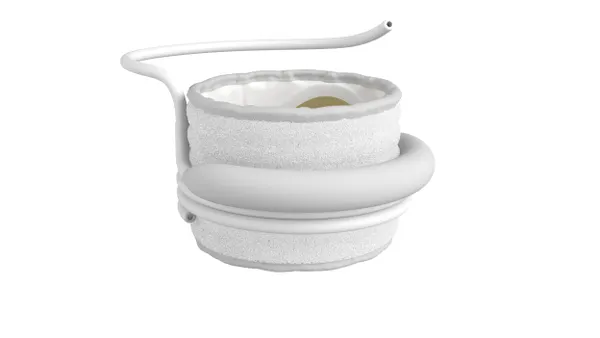Dive Brief:
- FDA's plan to ensure mammography providers inform patients about breast tissue density, outlined in a March proposed rule, drew mixed reactions from clinicians and patient advocates who filed comments in a federal docket. Dense breast tissue, found in about 40% of women, may obscure signs of cancer when examined via mammogram, but some stakeholders said the usefulness of that information is limited without additional context.
- The proposal, mandated in a February funding bill and part of a broader plan to modernize the agency's oversight of mammography facilities' practices, aims to unify various breast density information-sharing provisions already in place in 38 states. If enacted, providers would need to include a lay summary in a patient's post-screening materials, specifying whether they have high or low density breasts, alongside a prescribed paragraph on the significance of breast density and a reminder to discuss concerns with providers.
- The National Breast Cancer Coalition argued notifying a patient of high breast density, one of many risk factors associated with breast cancer, may result in unnecessary anxiety, cost and radiation exposure to patients. "It may benefit the medical imaging community and oncologists, but not women in general," president Frances Visco said in a comment.
Dive Insight:
Advocacy groups have long pushed for requirements aimed at requiring imaging facilities to share breast density information with patients, who may then consider undergoing additional screening via imaging methods more likely to reveal cancers than mammography, like MRI or ultrasound.
At the same time, the U.S. Preventative Services Task Force says current evidence isn't sufficient to assess the risk-benefit profile of adjunctive screening in women with dense breasts whose mammograms are otherwise negative.
While several parties supported FDA's attempt to standardize mammography oversight, some also said the regulatory language ought to be fleshed out before the rule is finalized.
Elizabeth Morris, chief of Memorial Sloan Kettering Cancer Center’s Breast Imaging Service, acknowledged the benefit in sharing breast density information with patients but said FDA should also take steps to ensure patients are informed about other testing options, and the fact the tests may not be covered by insurance.
"In the absence of this information, a notification of higher risk may be unduly alarming," she commented to regulators.
Visco of the breast cancer coalition, which receives some corporate funding, agreed. "Notifying patients about their breast density elevates this one risk factor out of context," she said.
"Additionally, women receiving normal or low breast density assessments may erroneously be given a false sense of security and not consider their other more important individual risks," she added.
The lay summary must also explain limitations of mammography and other screening options and risks for over-diagnosis and over-treatment, Visco said, calling on FDA to involve advocates when drafting any information intended to reach patients.
In addition to mandating information-sharing, many states have taken action to improve coverage of supplemental tests in women with dense breasts. New York enacted a law in 2017 requiring full insurance coverage with copays for all breast screenings, including adjunctive imaging for women with dense breasts. Several states have acted in 2019 to expand access to digital breast tomosynthesis, or 3D mammography.
FDA's proposed rule also covers an updated categorization system for mammogram results and regulations for recordkeeping and sharing.
UnitedHealth Group took issue with a provision meant to speed record transfers and prevent delayed diagnoses by giving facilities 15 calendar days following a request to release records. The payer said it would be difficult to track compliance in cases when records are faxed or mailed.
Changes will take effect 18 months after a final rule is published.












